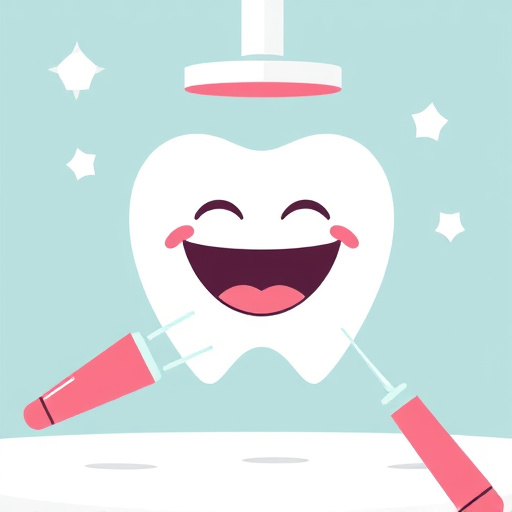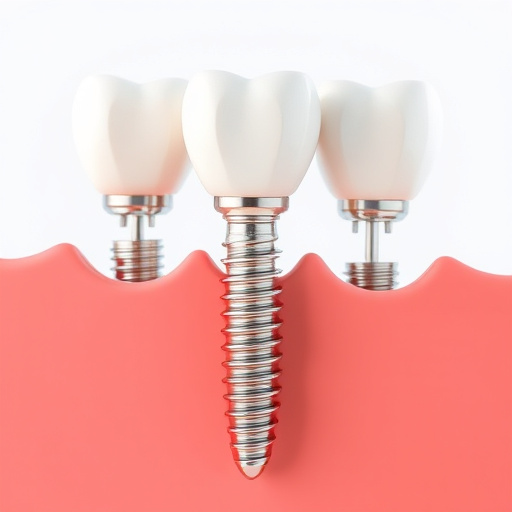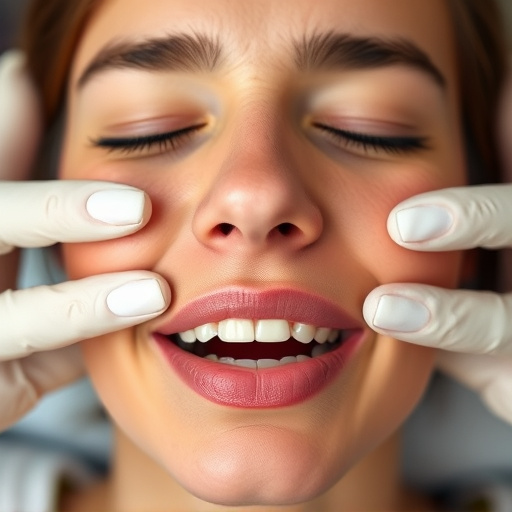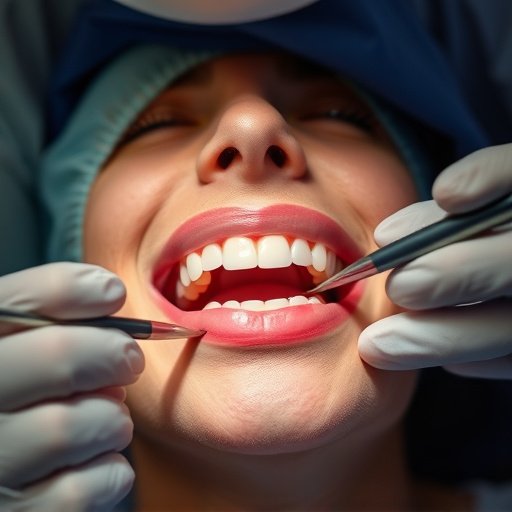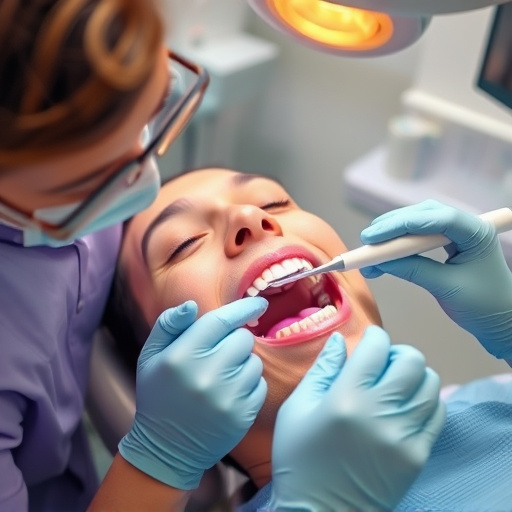Snoring disrupts sleep and is linked to serious health issues. Treatment options target discomfort and causes like muscle relaxation, soft tissue, and anatomy. Dental solutions like mouthguards and bonding are non-invasive approaches. Comfortable Fit Devices (CFDs) keep the upper airway open, preventing muscle relaxation that causes snoring. Regular oral exams identify dental issues; procedures like crowns may be recommended. Integrating treatments leads to better sleep hygiene and health improvements. Choosing the right snoring treatment device involves assessing severity, comfort, fit, research, professional advice, and unique anatomy.
Snoring, a common yet disruptive sleep disorder, affects millions worldwide. Beyond the sleepless nights, it can lead to serious health issues. Understanding its causes and impact is crucial. This article explores modern snoring treatment options with a focus on comfortable fit devices, offering innovative solutions for quieter, healthier sleep. We’ll guide you through the process of choosing the right device, providing insights into effective management and relief from this restless condition.
- Understanding Snoring: Causes and Impact
- Exploring Comfortable Fit Devices for Snoring Treatment
- Effective Management: Tips for Choosing the Right Device
Understanding Snoring: Causes and Impact
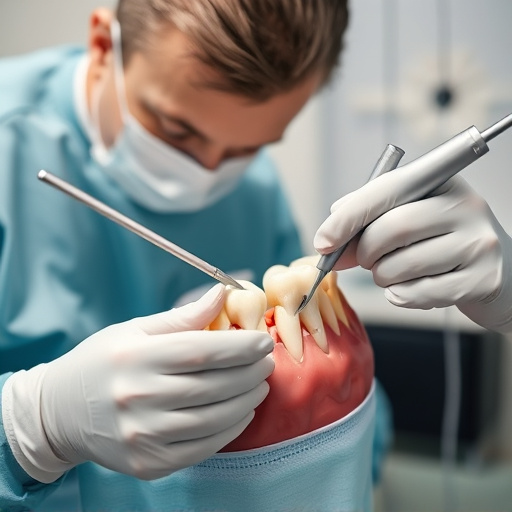
Snoring is a common sleep disorder that occurs when the respiratory system is obstructed during breathing, leading to a characteristic rattling sound. It’s more than just an annoying noise; it can have significant health implications. The impact of snoring goes beyond mere disruption to one’s rest and can contribute to various health issues such as high blood pressure, heart disease, and cognitive impairment. Snoring treatment options are essential for addressing both the discomfort and potential dangers associated with this condition.
Several factors contribute to snoring, including the relaxation of muscles in the throat, excess soft tissue in the upper airway, and certain anatomical structures. In some cases, underlying medical conditions like sleep apnea or sinus problems may play a role. Dental bonding and restorative dentistry techniques have emerged as valuable tools in snoring treatment options. General dentistry professionals can offer guidance on oral devices, such as mouthguards, which help keep the airway open during sleep. These dental solutions are particularly beneficial for individuals who snore due to structural issues or soft tissue excess.
Exploring Comfortable Fit Devices for Snoring Treatment
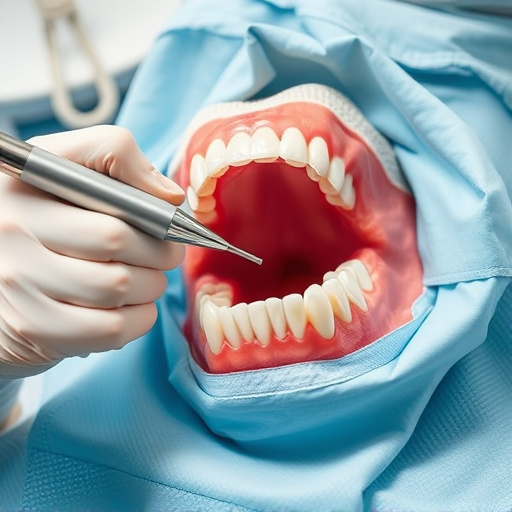
Snoring can disrupt sleep quality and overall well-being, leading many to seek effective snoring treatment options. Among the various solutions available, Comfortable Fit Devices (CFDs) have emerged as a popular choice. These innovative devices are designed to be worn during sleep and work by keeping the upper airway open, preventing the relaxation of throat muscles that cause snoring. CFDs come in different forms, such as mouthpieces or nasal strips, offering customizable fits for individual comfort and effectiveness.
One advantage of CFDs is their non-invasive nature, making them an appealing alternative to more drastic measures. Regular oral exams play a crucial role in this process, as they help identify any underlying dental issues that might contribute to snoring. For instance, restorative dentistry procedures like dental crowns can sometimes be recommended to address specific oral problems. By combining these treatments with CFDs, individuals can achieve better sleep hygiene and overall health improvements.
Effective Management: Tips for Choosing the Right Device
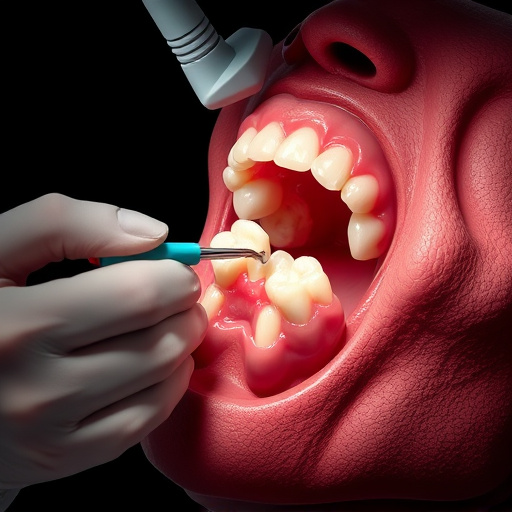
Choosing the right snoring treatment device is a key step in effective management of snoring. With various options available, it’s essential to understand your specific needs and preferences. Start by assessing the severity of your snoring; for mild cases, oral devices or nasal strips might be sufficient, while more severe instances may require advanced solutions like continuous positive airway pressure (CPAP) machines. Consider comfort and fit as priorities, ensuring the device aligns with your jawline and doesn’t cause discomfort during sleep.
Research different types, from mandible advancement devices (MADs) to tongue retention devices, focusing on those with proven success rates and comfortable designs. User reviews can be valuable insights, highlighting both benefits and potential drawbacks. Additionally, consulting a healthcare professional or dentist specializing in cosmetic dentistry can provide tailored advice, taking into account your unique anatomical features and any existing dental conditions, such as cosmetic fillings or dental fillings, to ensure the best fit for an effective snoring treatment.
Snoring no longer needs to disrupt your sleep or your partner’s peace. With a range of comfortable fit devices available, effective snoring treatment options are accessible and easy to incorporate into your routine. By understanding the causes and impact of snoring, and using thoughtful tips for choosing the right device, you can find relief and reclaim restful nights. Explore these innovative solutions and take control of your sleep quality today.









